Supply Chain Report – 10/15/2025
A major garment factory in Central Luzon is on the brink of closure as it struggles with surging labor costs and the growing financial strain caused by new US tariffs, according to industry representatives.
Confederation of Wearables Exporters of the Philippines (CONWEP) Executive Director Maritess Jocson-Agoncillo confirmed that the investor of the factory is seriously considering shutting down operations due to the “unfavorable business environment,” compounded by “recent wage increases, reciprocal tariff issues, and related financial pressures.”
“We are doing everything we can to prevent job losses,” Jocson-Agoncillo said in an interview. “Our priority right now is to retain as many workers as possible and to keep production running despite the challenges.”
During a Senate hearing on the Department of Trade and Industry’s (DTI) 2026 budget, Senator Maria Imelda “Imee” R. Marcos revealed that the Central Luzon facility, which manufactures high-end garments and travel goods, is planning to close its doors.
“That’s about 3,000 jobs that could be lost. We certainly do not want them to close,” Marcos said, adding that the factory had once employed nearly 10,000 workers at its peak.
In response, Trade Secretary Ma. Cristina A. Roque assured senators that the DTI is already engaging with the company to explore solutions. “We are still resolving their issues,” Roque said. “In fact, I’m meeting with them on the 16th. We don’t want them to close, and we are committed to helping them in every way possible.”
Foreign Buyers Association of the Philippines (FOBAP) President Robert M. Young also confirmed that similar challenges are being felt across the local garment and textile industry. While he noted that there is no widespread shutdown in the region yet, many factories are beginning to scale down operations or implement temporary layoffs.
“Factories are now contemplating all kinds of adjustments — from reduced shifts to suspended work,” Young said. “The pressure from the US tariffs has made it harder to maintain stable production. Some companies, unlike us, were not able to reach agreements with their American buyers to share the cost of tariffs.”
The United States began implementing a 19% tariff on certain Philippine goods on August 17. As the Philippines’ largest export market, the US accounted for $12.14 billion worth of shipments last year, making any new trade barriers particularly impactful for the local manufacturing sector.
Young also highlighted that existing domestic challenges — including high power rates, labor costs, logistics expenses, and inadequate infrastructure — have amplified the problem. “These long-standing issues make it harder for exporters to stay competitive,” he said. “Even without tariffs, many factories are already operating on tight margins.”
To counter the downturn, industry groups are urging the government to implement a “US tariff rescue package” that includes targeted financial assistance, temporary income tax holidays, and relief from export and port fees.
“The government should not treat this as a business opportunity,” Young said. “We need real and immediate help — not commercialized lending programs that only add to our financial burden.”
He explained that even small temporary reliefs could make a significant difference. “Suspending port fees, for instance, would help us cut costs without costing the government too much. We’re not asking for permanent removal — just temporary suspension during this tariff crisis,” he said.
In addition, Young proposed that the government consider providing subsidies for power and labor costs similar to programs offered in neighboring countries such as Thailand and Vietnam. “If we could temporarily offset those costs, our factories would have a fighting chance to survive,” he noted.
“These measures should be implemented as soon as possible,” he urged. “Time is of the essence. The closures are not happening yet, but the warning signs are already there. The government must act before the situation worsens.”
Despite the current uncertainty, the garment and textile export sector continues to show some resilience. Data from CONWEP indicate that Philippine exports of apparel, textiles, travel goods, and footwear reached $1.127 billion in the first eight months of the year, a 7% increase compared to $1.052 billion during the same period last year.
However, industry observers warn that if cost pressures persist, this growth could quickly reverse, putting thousands of jobs and millions in export revenues at risk.
#TradeUpdate #ManufacturingNews #ExportIndustry #PhilippineEconomy #TariffImpact

















